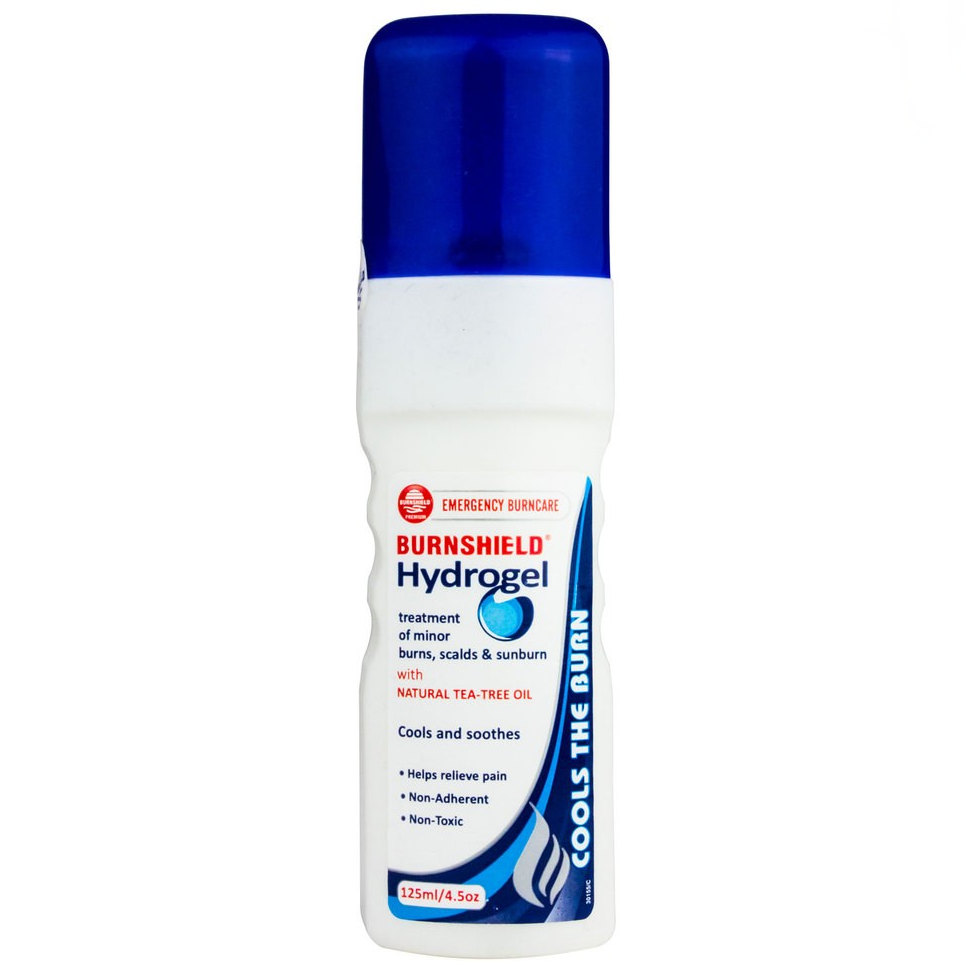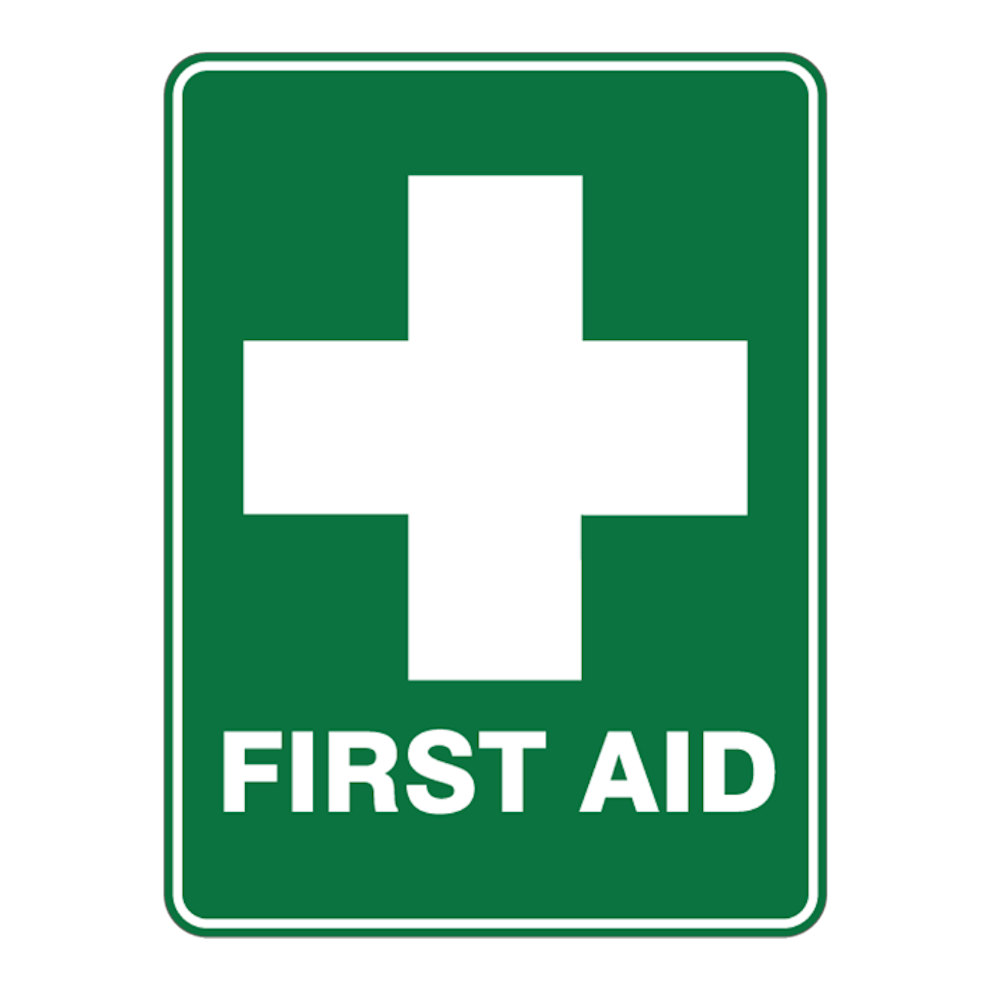Injury First Aid with PRICE (Protection, Rest, Ice, Compression, Elevation)
The primary treatment to stop swelling of injured soft tissue is with the PRICE method.
PROTECTION
Protection means stopping activity immediately and protect the injured part from additional damage.
REST
Rest the area to allow the tissues time to heal.
ICE
Applying cold therapy (ice or an ice pack wrapped in a thin towel) to an acute injury reduces swelling and pain. Ice is a vaso-constrictor. It causes the blood vessels to narrow and limits internal bleeding at the injury site. Apply cold to the affected area every two hours for no more than 20 minutes at a time. Allow the skin temperature to return to normal before icing a again. You can ice an acute injury several times a day for up to three days.
COMPRESSION
Compression of an acute injury is perhaps the next most important immediate treatment tip. By quickly wrapping the injured body part with an elastic bandage or wrap, you help keep swelling to a minimum. If possible, it's helpful to apply ice to the injured area over the compression wrap to limit the swelling.
ELEVATION
Elevating the injured area is another way to reduce the blood flow and swelling to the area.
Should You Ice or Heat a Sports Injury?
Most athletes know to apply ice to an acute injury, like a sprained ankle, but aren't so sure when to use heat. The following guidelines will help you sort it out.
Acute and Chronic Pain
There are two basic types of athletic injuries: acute and chronic.
- Acute Pain is of rapid onset and short-lived, or
- Chronic Pain develops slowly and is persistent and long-lasting.
Acute and Chronic Injuries
Acute injuries are sudden, sharp, traumatic injuries that occur immediately (or within hours) and cause pain (possibly severe pain).
Most often acute injuries result from some sort of impact or trauma such as a fall, sprain, or collision and it's pretty obvious what caused the injury.
Acute injuries also cause common signs and symptoms of injury such as pain, tenderness, redness, skin that is warm to the touch, swelling and inflammation. If you have swelling, you have an acute injury.
Chronic injuries, on the other hand, can be subtle and slow to develop. They sometimes come and go, and may cause dull pain or soreness. They are often the result of overuse, but sometimes develop when an acute injury is not properly treated and doesn't heal.
Cold Therapy with Ice
Cold therapy with ice is the best immediate treatment for acute injuries because it reduces swelling and pain. Ice is a vasoconstrictor (it causes the blood vessels to narrow) and it limits internal bleeding at the injury site. There is controversy as to whether continued application of ice results in a sudden vasodilation of the blood vessels (the hunting response) and if so, at what time this response begins and how often a cycle of constriction and dilation occurs.
To ice an injury, wrap ice in a thin towel and place it on the affected area for 10 minutes at a time. Allow the skin temperature to return to normal before icing a second or third time. You can ice an acute injury several times a day for up to three days.
Cold therapy is also helpful in treating some overuse injuries or chronic pain in athletes.
An athlete who has chronic knee pain that increases after running may want to ice the injured area after each run to reduce or prevent inflammation.
The best way to ice an injury is with a high-quality ice pack that conforms to the body part being iced. Examples include ColdOne Cold Therapy Wraps and SnowPack Cold Therapy products. You can also get good results from a bag of frozen peas, an ice massage with water frozen in a paper cup (peel the cup down as the ice melts) or a bag of ice.
Heat Therapy
Heat is generally used for chronic injuries or injuries that have no inflammation or swelling. Sore, stiff, nagging muscle or joint pain is ideal for the use of heat therapy. Athletes with chronic pain or injuries may use heat therapy before exercise to increase the elasticity of joint connective tissues and to stimulate blood flow. Heat can also help relax tight muscles or muscle spasms. Don't apply heat after exercise. After a workout, ice is the better choice on a chronic injury.
Because heat increases circulation and raises skin temperature, you should not apply heat to acute injuries or injuries that show signs of inflammation. Safely apply heat to an injury 15 to 20 minutes at a time and use enough layers between your skin and the heating source to prevent burns.
Moist heat is best, so you could try using a hot wet towel. You can buy special athletic hot packs or heating pads if you use heat often. Never leave heating pads on for more than 20 minutes at a time or while sleeping.
Because some injuries can be serious, you should see your doctor if your injury does not improve (or gets worse) within 48 hours.
Sources
SUNITHA J. Cryotherapy – A Review. Journal of Clinical and Diagnostic Research [serial online] 2010 April [cited: 2010 April 5]; 4:2325-2329.
Taber, et al. Measurement of reactive vasodilation during cold gel pack application to nontraumatized ankles. Physical Therapy / April, 1992.
The American Orthopedic Society for Sports Medicine
The Use of Ice in the Treatment of Acute Soft-Tissue Injury. A Systematic Review of Randomized Controlled Trials; Chris Bleakley, et al, The American Journal of Sports Medicine 2004, Volume 32.
www.verywell.com/ice-or-heat-an-injury-3119409



